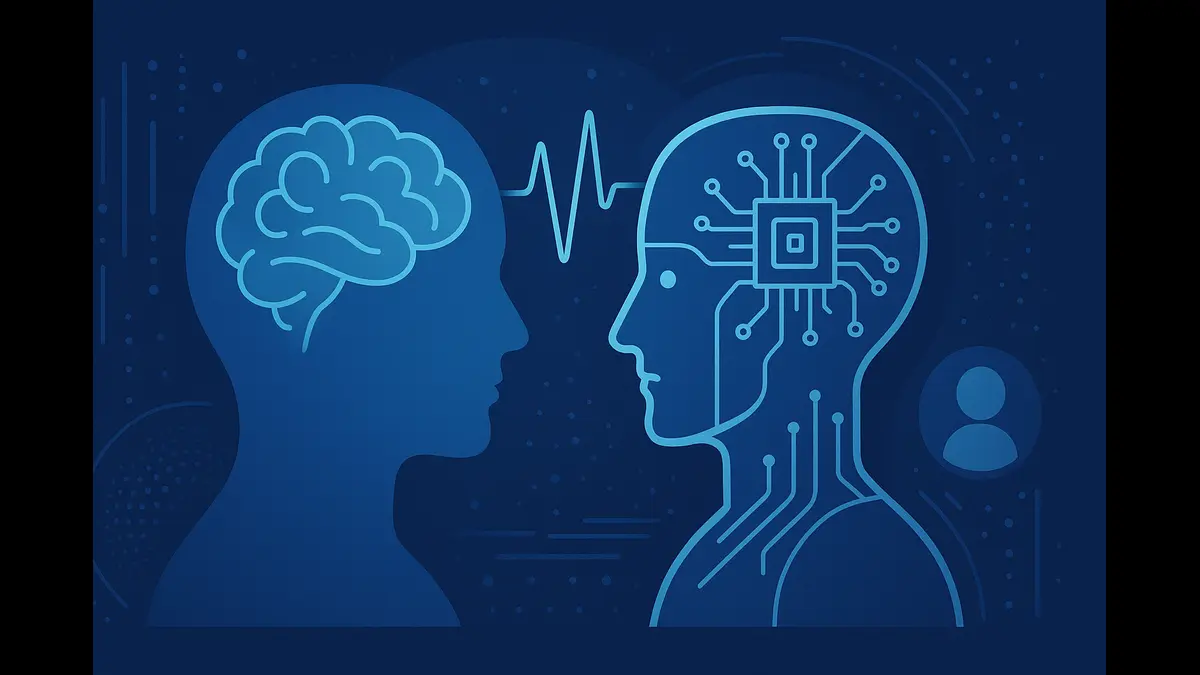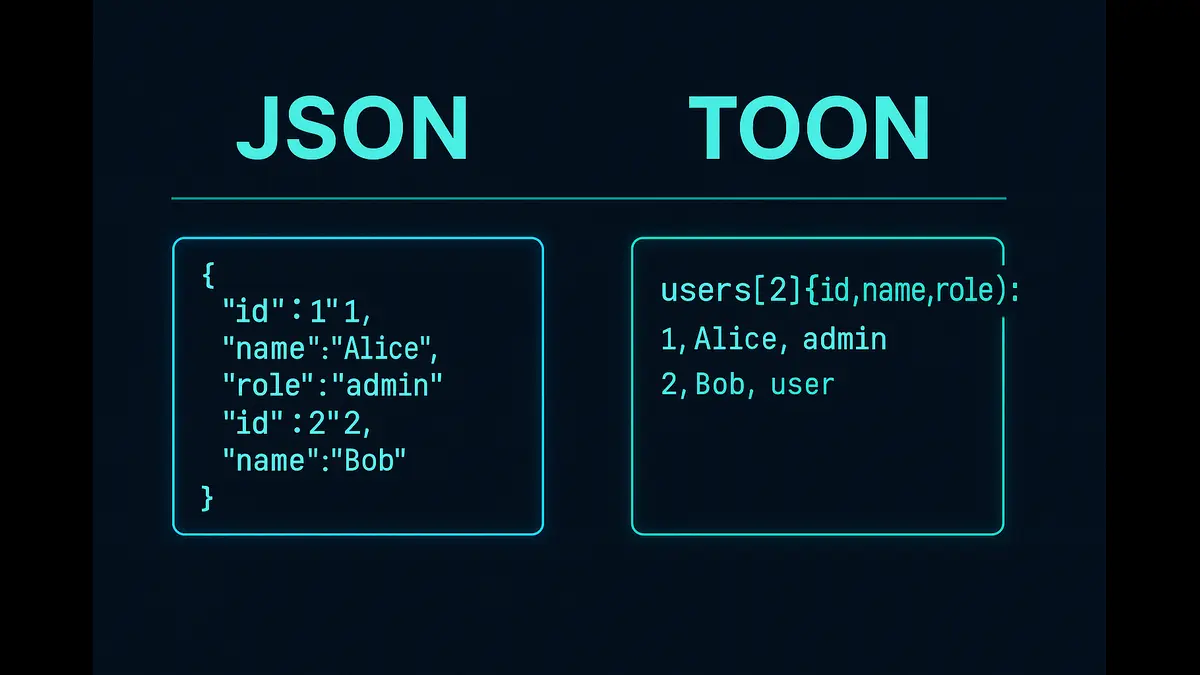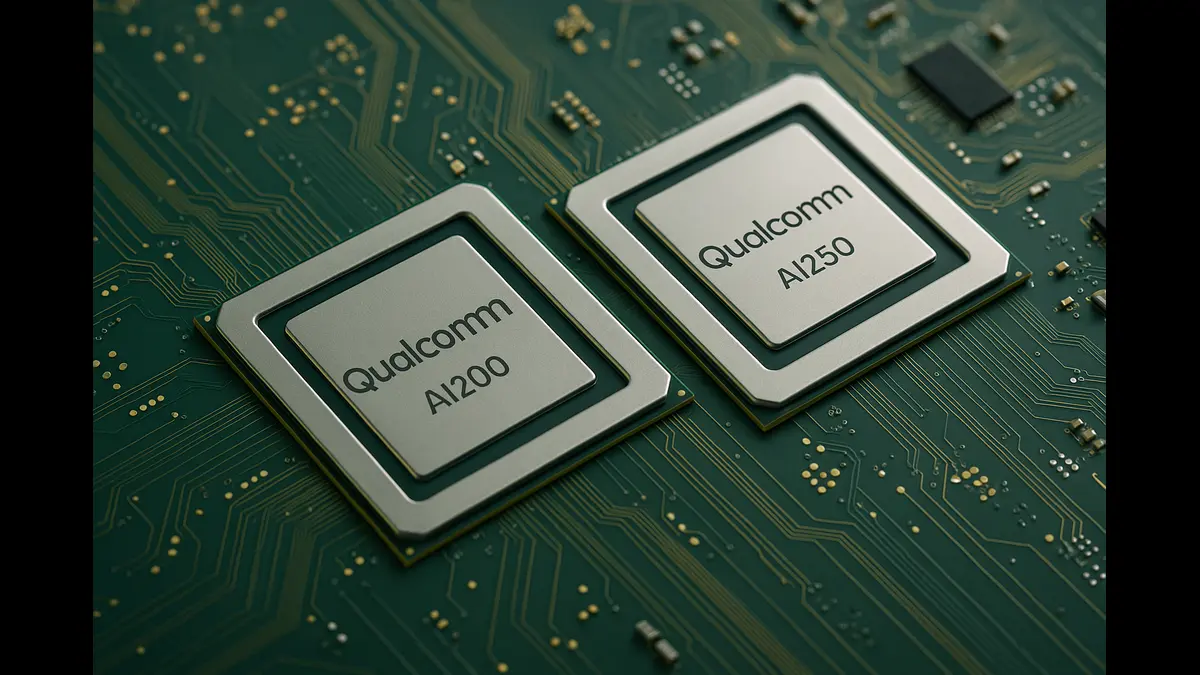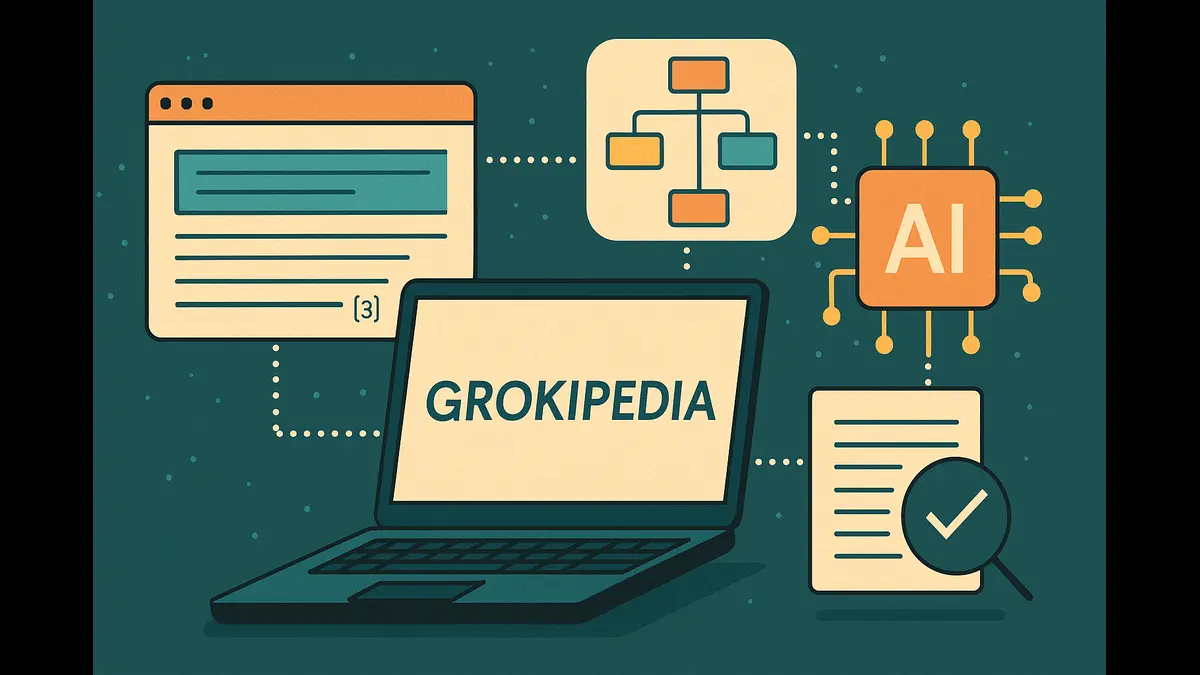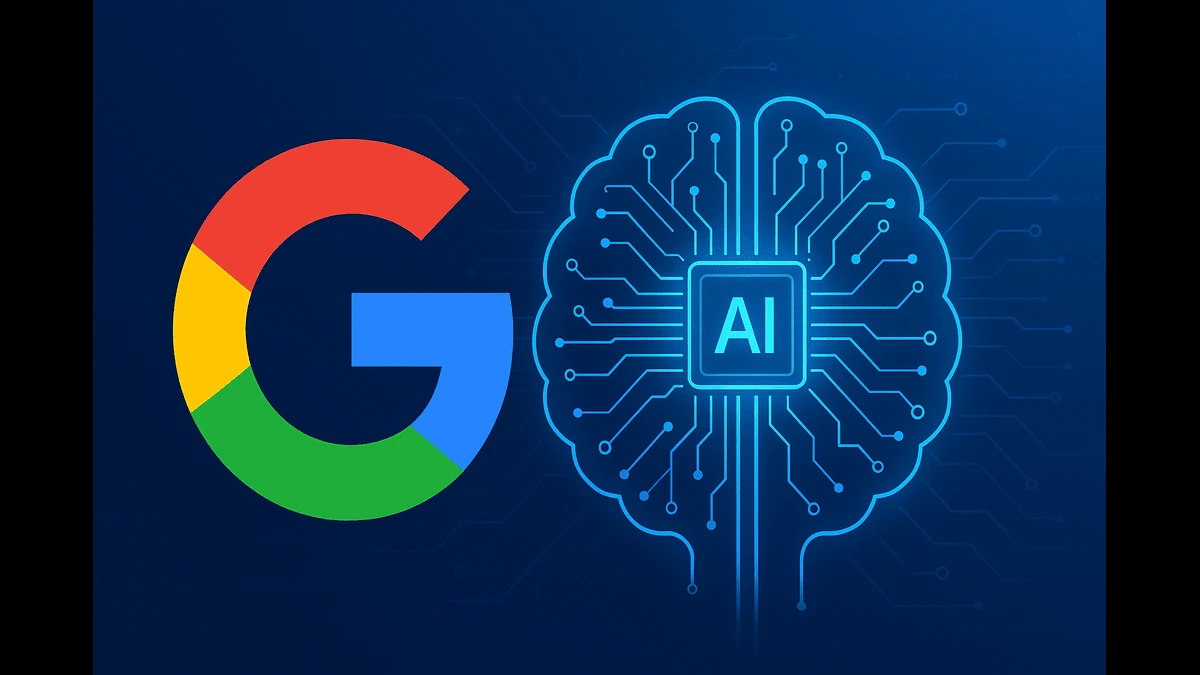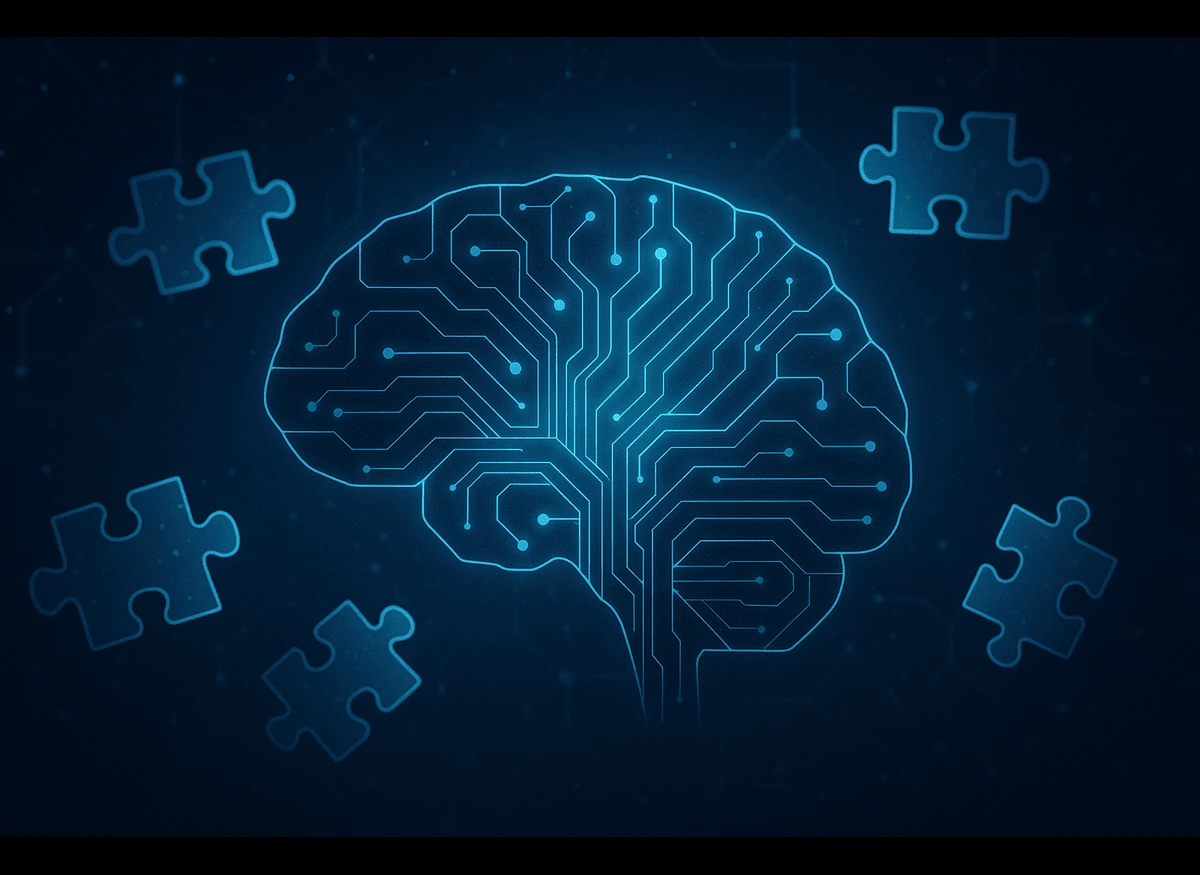
Despite the impressive progress of AI in recent years, the dream of Artificial General Intelligence (AGI) still feels out of reach. Today’s most advanced models—whether open-source or proprietary—can write code, summarize books, and hold detailed conversations. But when it comes to true understanding, memory, planning, or acting with purpose, they fall short.
The quest for Artificial General Intelligence (AGI)—a system capable of human-like reasoning, adaptability, and autonomy across diverse tasks—has led to remarkable advancements in artificial intelligence. The latest models, like Meta’s Llama 4, xAI’s Grok 3 (with Grok 3.5 on the horizon), Anthropic’s Claude 3.7 Sonnet, Google’s Gemini 2.5 Pro, and OpenAI’s ChatGPT 4.1, showcase unprecedented capabilities in natural language processing, multimodal understanding, and task-specific performance. Yet, despite their sophistication, these models fall short of AGI due to fundamental limitations in cognitive architecture and operational design. This article explores five critical gaps: Lack of causal reasoning, Absence of persistent memory and self-reflection, Fragile multi-step planning and abstraction, No grounded embodiment, and Challenges with autonomy and agentic behaviour.
Lack of Causal Reasoning
Current models excel at identifying statistical patterns and correlations within massive datasets, but they struggle with causal reasoning—the ability to discern cause-and-effect relationships and model interventions in complex systems. For example, Gemini 2.5 Pro can describe correlations between economic indicators but cannot reliably simulate the impact of a new fiscal policy on GDP growth. This limitation arises from transformer-based architectures, which prioritize token prediction over mechanistic understanding.
| Token Prediction (Transformers) | Mechanistic Understanding |
|---|---|
| Predicts next word based on patterns | Understands cause-effect relationships |
| Mimics language seen during training | Models how systems actually work |
| Surface-level fluency | Deep conceptual reasoning |
| Struggles with novel scenarios | Can adapt reasoning to new contexts |
| “What usually follows?” | “Why does this happen?” |
Causal reasoning requires constructing and updating Directed Acyclic Graphs (DAGs) to represent causal relationships dynamically. While frameworks like Do-Calculus exist to provide a systematic way for answering causal questions, their integration into models like Llama 4 or Claude 3.7 Sonnet is very basic.
While frameworks like Do-Calculus exist, their integration into models like Llama 4 or Claude 3.7 Sonnet is very basic. These models lack the ability to reason about scenarios deviating from observed data and derive causal insights across domains. For instance, ChatGPT 4.1 might accurately summarize studies on smoking and lung cancer, but it cannot infer how raising cigarette taxes might affect future smoking rates in low-income populations without explicit data. AGI demands systems that can not only predict but also explain why events occur and how altering variables changes outcomes. Such a capability absent in today’s architectures.
Absence of Persistent Memory and Self-Reflection
Persistent memory and self-reflection are critical for cumulative learning and adaptive reasoning, yet current models operate in a largely stateless manner. Claude 3.7 Sonnet, with its 200,000-token context window, and Llama 4 Scout, boasting a 10-million-token context, can maintain extensive context within a session. However, this context is transient, reset after each interaction, unlike human episodic memory, which persists and evolves over time. Grok 3, despite its massive compute power, similarly lacks a mechanism to retain and build upon past interactions across sessions.
The ability of self-reflection is also absent. Techniques like Chain-of-Thought (CoT) prompting, used in ChatGPT 4.1, mimic step-by-step reasoning but do not enable genuine introspection.
For example, when Claude 3.7 Sonnet’s “Thinking Mode” breaks down a coding problem, it follows a predefined process rather than critically assessing its own logic for errors. Persistent memory would have allowed models to learn from mistakes, while self-reflection would have enabled them to refine their approaches. Without these, the current models remain limited to reactive, context-bound responses, far from the adaptive intelligence and dexterity required for AGI.
| Current Models (e.g., Claude 3.7, Llama 4 Scout) | Persistent Memory & Self-Reflection (AGI-level) |
|---|---|
| Context is session-bound and transient | Persistent memory across sessions |
| Cannot genuinely learn from past interactions | Learns cumulatively from experience |
| Limited to reactive, predefined reasoning steps | Capable of introspection and revising own logic |
| Follows scripted methods like Chain-of-Thought | Can critically evaluate and self-correct errors |
Fragile Multi-Step Planning and Abstraction
Multi-step planning and abstraction are essential for tackling complex, hierarchical tasks, yet current models exhibit fragility in these areas. Gemini 2.5 Pro excels in coding benchmarks like SWE-Bench (63.8%), but its performance degrades in open-ended tasks requiring long-term planning, such as designing a multi-phase project. Similarly, Llama 4 Maverick’s strong MBPP score (77.6%) reflects proficiency in isolated coding tasks but not in orchestrating interconnected steps across domains.
These models struggle to maintain coherence over extended reasoning chains. For instance, ChatGPT 4.1 can generate a detailed outline for a novel but often fails to align subplots with the broader narrative when prompted. Basically such a behaviour stems from their reliance on fixed context windows, which limit the retention of high-level goals, and their lack of hierarchical abstraction mechanisms that is found in human cognitive processes. AGI requires systems that can decompose problems into smaller goals to be resolved, track progress, and adapt plans dynamically—capabilities which are beyond the reach of current architectures.
No Grounded Embodiment
Grounded embodiment—the integration of sensory and motor experiences in physical or simulated environments—remains a significant gap. Unlike humans, who learn through sensory feedback and physical interaction, models like Grok 3 and Claude 3.7 Sonnet are confined to abstract data processing. For example, Gemini 2.5 Pro can watch a video of a robotic arm picking up an object and describe what’s happening. But it can’t feel whether the grip is too tight or too loose, or adjust its movements based on touch—something a child learns through trial and error. Without this kind of real-world sensory grounding, the model’s understanding stays superficial.
Embodiment is crucial for tasks requiring physical reasoning, such as robotics or autonomous navigation. Current models lack the ability to simulate sensorimotor loops or learn from real-time environmental interactions. Efforts in robotics, like those integrating Llama with sensory inputs, are promising but limited by the models’ inability to generalize beyond specific tasks. Without grounded embodiment, AI systems cannot achieve the contextual awareness and adaptability that is central to AGI.
Challenges with Autonomy and Agentic Behaviour
Autonomy and Agentic behaviour i.e. the ability to set goals, act independently, and adapt to unforeseen challenges—are the key aspects of AGI but remain elusive. Current models operate reactively, responding to prompts without intrinsic motivation. AutoGPT, built on earlier GPT models, and Voyager, which leverages Llama 3.1, attempt to simulate agentic behaviour by orchestrating tasks autonomously. However, these systems rely on predefined scripts or human-defined objectives and lack self-directedness.
Motivation modeling is another challenge. Claude 3.7 Sonnet’s hybrid reasoning mode allows step-by-step problem-solving, but it does not prioritize tasks based on intrinsic goals. Similarly, Grok 3’s real-time interaction capabilities, optimized for platforms like X, focus on responsiveness rather than proactive decision-making. Achieving autonomy requires architectures that integrate reinforcement learning, intrinsic reward systems, and dynamic goal-setting—areas where current models are not developed properly.
Efforts to Bridge the Gaps
Open-source and proprietary labs are actively trying to address these limitations. Meta’s Llama 4 series, particularly Behemoth, aims to rival proprietary models in reasoning and multimodal tasks, with a training corpus double that of Llama 3’s 15 trillion tokens. Open-source projects like AutoGPT and Voyager explore agentic frameworks, while proprietary efforts, such as xAI’s Grok 3.5 (confirmed by Elon Musk), focus on scaling compute power to enhance reasoning.
Based on current developments and existing premises, it can be inferred that Anthropic Claude 3.7’s ‘Thinking Mode,’ Gemini 2.5 Pro’s ‘Multimodal Integration,’ and OpenAI GPT-4.1’s ‘Coding & Instruction Following’—though not achieving full autonomy—demonstrate meaningful steps toward AGI.
Though current efforts reflect incremental progress but they underscore the complexity of achieving AGI. The exploration of proto-human LLMs, as written in this platform in an earlier piece, highlights the need for evolutionary approaches that combine cognitive architectures with embodied learning, potentially redefining the path to AGI.
The latest models—Llama 4, Grok 3 (with 3.5 forthcoming), Claude 3.7 Sonnet, Gemini 2.5 Pro, and ChatGPT 4.1—represent the best of current AI capabilities, yet they fall short of AGI. The gaps highlighted earlier show the need for new architectures that integrate causal modeling, persistent learning, hierarchical planning, sensory grounding, and intrinsic motivation. While labs like Meta, xAI, Anthropic, Google, and OpenAI are making strides, the journey to AGI remains a formidable challenge, requiring not just incremental improvements but paradigm shifts in the way AI is designed.
Discover more from Poniak Times
Subscribe to get the latest posts sent to your email.

